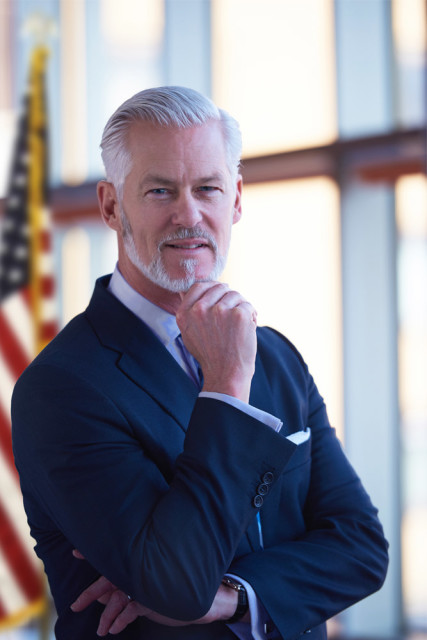A Message From the Director
 Look around you.
Look around you.
What do you see? If you live in Washington D.C., maybe you just looked out the window at the world’s premier Green City, the result of a unified national effort to accomplish a vision once deemed impossible. If you live in New York City, perhaps you saw New Times Square, towering taller and wider than its pre-Cybercrash self, a monument to humanity’s ability to overcome adversity and transcend limitations.
Whether you live in those places or elsewhere, what you saw was likely mediated through your netglasses. Even if you’re not wearing them, you’re looking at this screen right now. The integration of streams of information directly into our moment-to-moment lives has provided a profound benefit to mankind, both individually and as a whole. We use these tools as easily and thoughtlessly as breathing. They, too, are a testament to what humanity can accomplish.
And yet: do you know how your netglasses work? What about your phone? Perhaps you are one of the tiny percentage of people who deeply understands these advanced pieces of technology. What about the systems they rely on, the technological networks which carry their information, or the social and cultural networks which they create in the lives of billions? What about the distribution channels, the manufacturing processes, the web of legal contracts on which their existence depends?
Maybe when you looked around a moment ago you saw a Traffic Cascade outside the window, a mile-long line of frozen cars waiting for the local TransNet administrators to restart a system so complex that no one can predict how it will operate moment-to-moment or react to any given stimulus. Maybe you’re old enough to remember the Cybercrash in person, remember the automated financial trading systems reacting to each other in unexpected, emergent ways until the whole market was wobbling like the front tire of a motorcycle when the rider is losing control. Maybe you remember the day that a single hacker gave the wheel a nudge and plunged the world into a decade-long depression.
NAIA’s motto is Ut progrediamur: “That we may continue forward.” But the astonishing technological advances we enjoy come with astounding complexity. Already no single mind can grasp the entirety of our technological landscape, of systems interacting with systems. We are losing our ability to predict and control the properties that emerge from this complexity, much less the effect of wildcards like hackers or terrorists. We may wake up one morning to a world which we cannot comprehend. Whether because of an attack, or simply because of we have reached a tipping point of complexity, humanity’s progress may soon grind to a halt, even reverse and plunge us into a new dark age.
But the human mind is itself a complex emergent system, the most complex in existence, able to effortlessly organize and control the dazzlingly intricate system that is the human body. A mind is a unifier, an organizer, an integrator. What better way to control the complexity of our new reality than with . . . a mind?
Technology has allowed humanity to transcend its physical limitations many times over. Now it is time to to turn our attention to extending our mental horizons. The next frontier is ourseSP&^#$myself.
Ut progrediamur.

Dr. Andrew Norman, Director
National Artificial Intelligence Administration